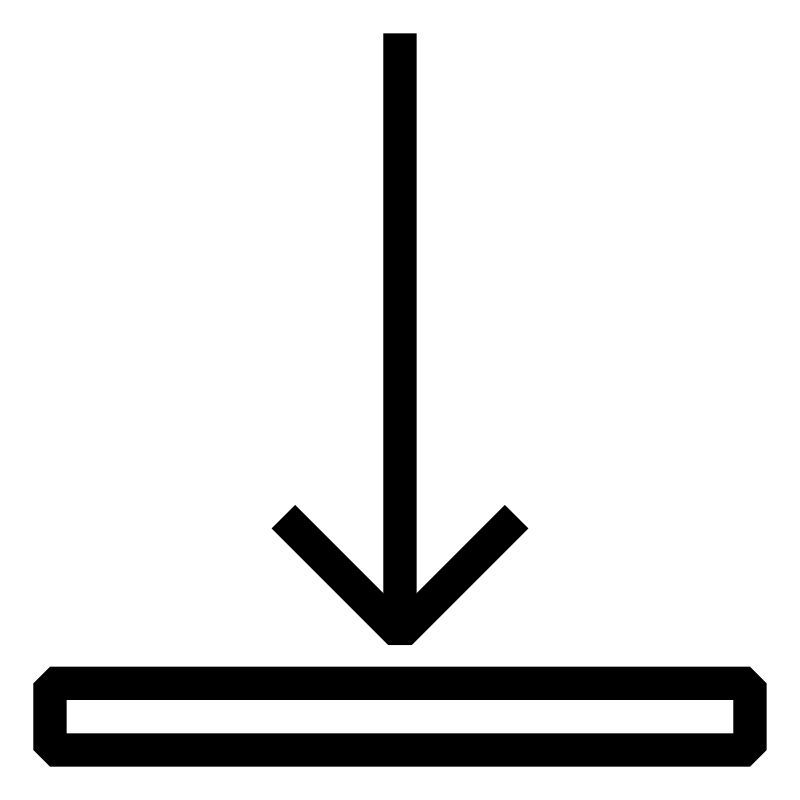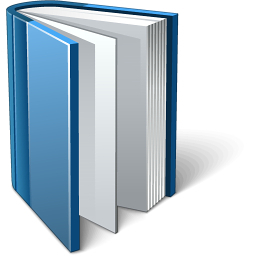Description
In addition to providing traditional control functionality, today's controllers must also be able to record and prepare data for higher-level systems while communicating with a wide range of devices in a network of machines. This requires appropriate programming guidelines and software concepts.
- Basic information about software development methods
- Designing and programming state machines
- Coding guidelines and software documentation
- Variables, constants and character strings
- Derived data types:
- Arrays, structures, subranges, enumeration
- Initializing, copying and comparing memory
- Creating user libraries
- Calling and evaluating the status of function blocks
- The basics of data processing
- Storing and managing data
- Using the mapp technology recipe system
- Transferring data and managing communication

Documents provided
TM230 – Structured Software Development
The task of software development requires a framework of rules and guidelines. Program sequences must be worked out on paper before they can be implemented according to pre-defined coding guidelines.
Objectives and content
- Stages in the software development process
- Software quality and design
- Project structuring options
- Comparison of sequential and combinational logic
- Implementation of state machines
- B&R coding guidelines
- Code format, naming conventions
- Programming techniques, testing and documentation
TM250 – Memory Management and Data Storage
Today's control technology can no longer be reduced to simple logic functions. Data recording and processing options as well as communicating with other machine components are now equally important. Uniform programming capabilities, versatile libraries and powerful programming languages help meet these demands.
Objectives and contents
- Basics of data types, arrays and structures
- Character strings, memory size and addresses
- Memory initialization and management
- Copying and comparing memory
- Using standard libraries
- Creating user libraries
- Using library samples
- The basics of data processing
- Storing and managing data
- Using mapp Services
- Transferring data and managing communication
- Connectivity and access & security
Prerequisites
SEM210 – Automation Studio Training: Basics
Automation Studio is used to configure and program all B&R controller components. Core issues such as getting a clear overview of all product groups, initial commissioning of a controller, understanding the functions of the runtime environment and being familiar with the options for integrated configuration and diagnostics are decisive.
Learning objectives and content
- B&R company presentation
- B&R philosophy and products
- Using Automation Studio
- Using the integrated help documentation
- Establishing an online connection to the control system
- Initial installation of a controller
- Project engineering for the hardware configuration
- Working with the text and table editors
- Functions and configuration options in Automation RuntimeAutomation Runtime is the operating system that runs on all B&R controllers
- Runtime and startup behavior of the controller
- Use of the integrated diagnostics options
- Overview of available programming languages
Documents provided
 |
SEM246 – Automation Studio Workshop:IEC 61131-3 Text-based Programming with ST
The IEC 61131-3 programming languages provide standardized access to PLC programming. Simple yet powerful language constructs facilitate the programming of a variety of control systems.
Learning objectives and content
- Overview of programming languages based on IEC 61131-3IEC 61131-3 is the only valid international standard for programming languages used on PLCs. In addition to Sequential Function Chart, it defines other programming languages such as Ladder Diagram, Instruction List, Structured Text and Function Block Diagram.
- Differences between textual and graphical programming languages
- Working with Structured Text (ST)
- Basic constructs
- Decisions
- Loops
- Working with arrays
- Step switching mechanisms
- Calling function blocks
- Calling actions
- Creating simple programs independently
- Working with another programming language (optional)
Documents provided
 | TM246 – Strukturierter Text (ST) TM240 – Kontaktplan (LD) - optional TM241 - Funktionsplan (FBD) - optional TM242 – Ablaufsprache (SFC) - optional TM231 – B&R Coding Guidelines - optional |
Model number
SEM250.2
Request information For pricing information please contact your sales representative
Event location
B&R HQ: Brno
Stránského
616 00 Brno
Czech Republic
Organizer
B&R HQ: Brno
Stránského
616 00 BRNO
Czech Republic
Phone:
+420 / 541 4203 - 11
Additional information
From: 12/05/2024
Start: 08:00
To: 12/06/2024
End: 17:00
Booking Status:
Duration:
2 Days
Language: Czech


